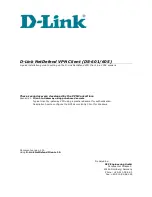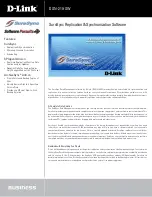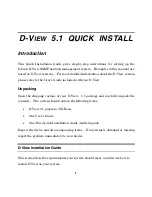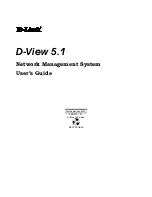
Producing Printed Reports
10.8 Programming a Report Writer Report
The RD entry example in Section 10.8.2 contains the following PAGE clause
information:
RD Entry Line
Meaning
PAGE LIMIT IS
66
Maximum number of lines per page is 66
HEADING
1
Line number on which the first report heading (RH) or page
heading (PH) should print on each page
FIRST DETAIL
13
First line number on which a control heading (CH), detail
(DE), or control footing (CF) should print on a page
LAST DETAIL
30
Last line number on which a CH or DE can print on a page
FOOTING
50
Last line number on which a control footing (CF) can print on
a page (if specified, page footing (PF) and report footing (RF)
report groups follow the line number shown in FOOTING)
The PAGE LIMIT clause line numbers are in ascending order and must not
exceed the number specified in the PAGE LIMIT clause (in this example, 66
lines).
Section 10.8.4 describes report group entries in more detail.
10.8.4 Describing Report Group Description Entries
In a Report Writer program, report groups are the basic elements that make up
the logical page. There are seven types of report groups, which consist of one or
more report lines printed as a complete unit (for example, a page heading). Each
report line can be subdivided into data items or fields.
Table 10–1 lists the seven types of report groups:
Table 10–1 Report Writer Report Group Types
Report Group Type
Description
REPORT HEADING
Prints a title or any other information that pertains to the
entire report
PAGE HEADING
Prints a page heading and column headings
CONTROL HEADING
Prints a heading when a control break occurs
DETAIL
Prints the primary data of the report
CONTROL FOOTING
Prints totals when a control break occurs
PAGE FOOTING
Prints totals or comments at the bottom of each page
REPORT FOOTING
Prints trailer information for the report
A Report Writer program can include both printable report groups and null report
groups. Null report groups are groups that do not print but are used for control
breaks.
Figure 10–9 shows the report group presentation order found on a logical page.
You must code at least one DETAIL report group (printable or null) in your
program to produce a report. All other report groups are optional. Note that you
can code a report group by using the abbreviations shown in Figure 10–9.
10–26 Producing Printed Reports
Содержание COBOL AAQ2G1FTK
Страница 22: ......
Страница 30: ......
Страница 94: ......
Страница 110: ......
Страница 146: ......
Страница 180: ......
Страница 194: ...Processing Files and Records 6 1 Defi...
Страница 300: ......
Страница 490: ......
Страница 516: ......
Страница 517: ......
Страница 530: ......
Страница 534: ......
Страница 590: ......
Страница 620: ......
















































